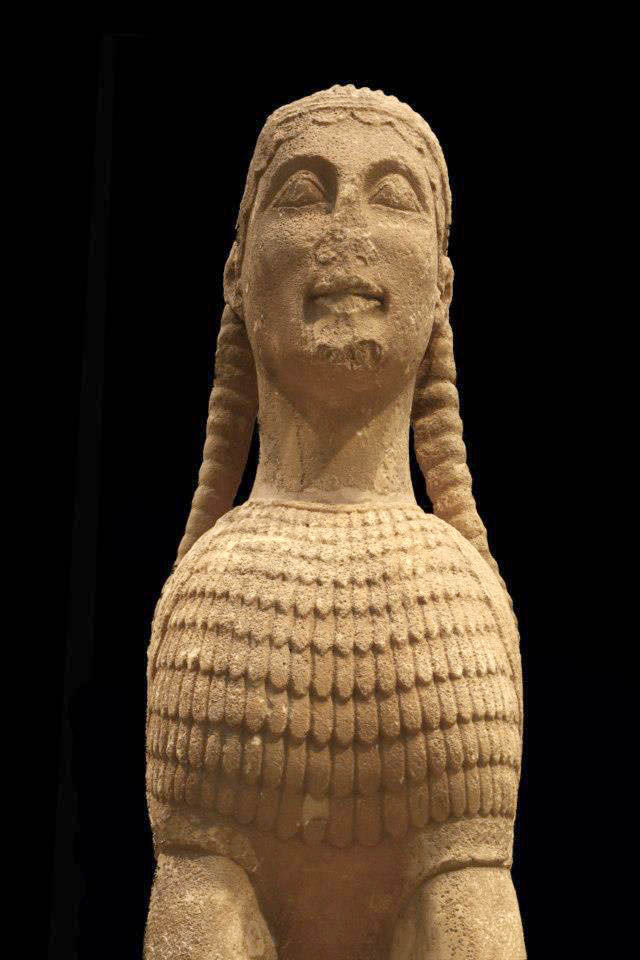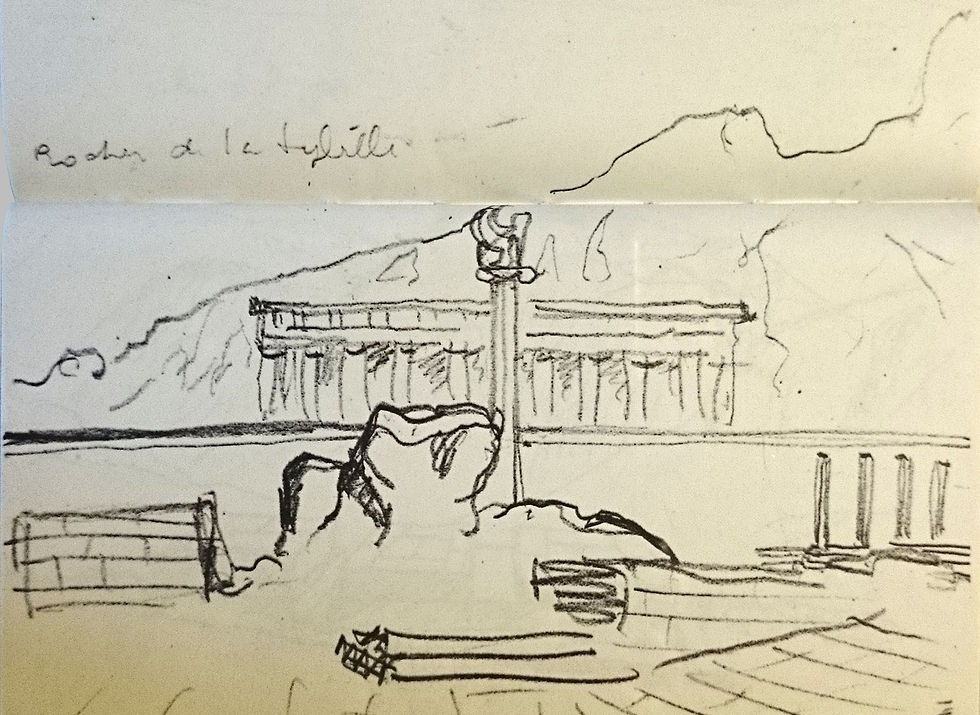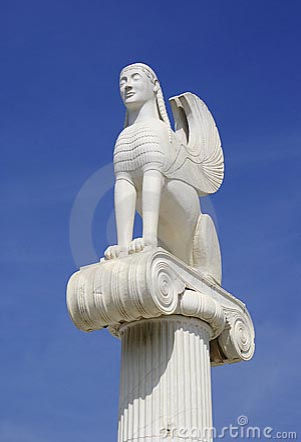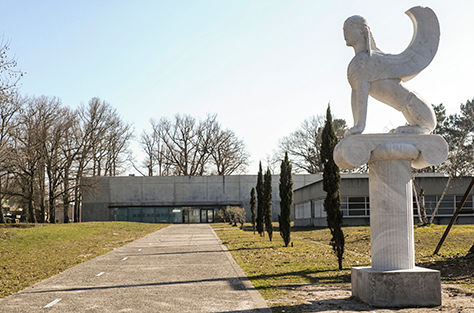top of page
Apollon, à peine né sur l'îlot de Délos, part sur les routes pour trouver un lieu ou fonder son culte.
Après avoir été berné par la muse Telphousa qui cherche à l'écarter de son sanctuaire en Béotie, il prend le chemin du Parnasse pour y batir un temple. Il commence par tuer le monstre femelle qui gardait l'endroit. Le monstre pourrit, donnant son nom au lieu : Pythô.
Il détourne un groupe de navigateurs crétois pour qu'ils instaurent son culte en cet endroit.
L'Hymne homérique à Apollon : récit détaillé du voyage du dieu de Délos, son lieu de naissance, jusqu’à Delphes ...
Plusieurs variantes, contradictoires, coexistent sur la façon dont Apollon s'empara de l'oracle.
Certaines en donnent une version violente, d'autres laissent entendre que Thémis, à qui Gâ avait confié l'oracle, transmit paisiblement la propriété à Apollon.
Ces mythes sont à l'image du dieu, qui a une réputation a priori pacifique (civilisateur, constructeur, protecteur des troupeaux, musicien, etc.), mais dont une face mois connue est violente, sanguinaire ("l'Apollon au couteau"), et fut pour cette raison le dieu consulté par les meurtriers.
(écouter Marcel Détienne : Apollon, le bel assassin de Delphes)
En tout état de cause, Apollon a délogé une déesse qui régnait auparavant sur l'oracle. Gâ, Athéna, Déméter, Artémis étaient toujours vénérées à Delphes, mais, à part Gâ, ces déesses furent mises à distance de l'Apollonion, autour du temple, réservé au dieu principal.
DELPHES
nombril du monde grec
DELPHI
navel of the Greek World
Sphinx des Naxiens / Sphinx of the Naxians
SD 328
Offering of the People of Naxos,
the marble column supported a Sphinx, a female devil generally associated with death. It could be a guard of the tomb of Dionysos, or rather of the tomb of Python, the dragon who was in charge of the oracle at the time when Earth Godess Gaïa was ruling the sanctuary.
The entire monument, though it collapsed at the end of Antiquity, was recovered in rather good condition at the beginning of the Great excavations (1893).
The Sphinx, now exhibited in the Museum, is a good example of archaic sculpture, one of the oldest (580-570 BC) monumental statues found in Delphi.
Column shafts are lying around the foundation, next to the great "polygonal wall".

ancienne reconstruction
dans le premier musée de Delphes
Plaster reconstruction of the Sphinx in the first museum of Delphi

restitution Albert Tournaire
Reconstruction drawing of the Sphinx by Albert Tournaire (1900)

restitution Youri Fomine
(Publication de P. Amandry)
Reconstruction drawing of the Sphinx by Youri Fomine (1953)

fondations du Sphinx
The rock on which was erected the column supporting the Sphinx

1861 L. Boitte, sphinx

Dessin_Fomine_colorié
Reconstruction drawing of the Sphinx (left), together with the Temple of Apollo, the polygonal wall and the Athenian Stoa (Amandry, Fomine)

Sphinx de face 1

Sphinx de biais 2

Sphinx de profil 1 HR
The Sphinx, exhibited in the archaeological Museum of Delphi

dessin Fomine/Laroche
Drawing reconstruction of the Sphinx standing on an archaic ionic capital (Y. Fomine)

Sphinge_regard_droite
Computer drawing of the column in its actual surrounding

Sphinx des Naxiens chapiteau
Archaic ionic capital of the Naxian column

dessin de Le Corbusier 1911
Sketch drawing of architect Le Corbusier showing the Sphinx in its topographical context

Victor Prouvé, Portrait de Paul Perdizet, 1906
Portrait of French archaeologist Paul Perdrizet, with the Sphinx in the background, by Victor Prouvé, 1906.

Réplique du sphinx
Ausonius univ. Bordeaux

sphinx copy in Bordeaux University
A marble copy of the upper part of the monument, realized with cutting robot, exhibited in font of Ausonius building, Montaigne University Campus, Bordeaux.
bottom of page